In 2025, social media no longer rewards brands that simply post consistently.
The platforms are saturated, audiences are fragmented, and attention spans are shorter than ever. What matters now is the ability to produce high-quality, relevant content at scale and that is where artificial intelligence has quietly become indispensable.
According to Statista, more than 84% of marketers now integrate AI into their content workflows, while the global AI marketing industry is projected to exceed $107 billion by 2028.
These numbers reflect a clear shift: AI is no longer an optional experiment; it is a fundamental part of the social media toolkit.
Why AI Matters for Social Media
Social media moves fast. Too fast for most brands to keep up without help. One day it’s trending memes, the next it’s AI-generated carousels, and by the weekend, your audience already expects video content.
Creating engaging posts daily across Instagram, TikTok, LinkedIn, YouTube, and emerging platforms requires enormous resources. Visual design, video editing, copywriting, community engagement, and analytics can easily overwhelm small teams and even large ones struggle to keep up.
This is where AI tools provide measurable advantages. Research from McKinsey suggests that teams using AI for creative workflows report a 40% increase in efficiency, while HubSpot found that AI-assisted copy improves engagement rates by up to 45% compared to manual content.
Beyond efficiency, AI enables marketers to test multiple versions of content, scale production globally, and optimize for both algorithms and audiences simultaneously.
The Best AI Tools for Social Media Content in 2025
So, which tools actually make a difference? The AI landscape is crowded, but a few platforms have become indispensable for marketers who want to create content that is fast, scalable, and effective.
1. Use ChatGPT for content strategy
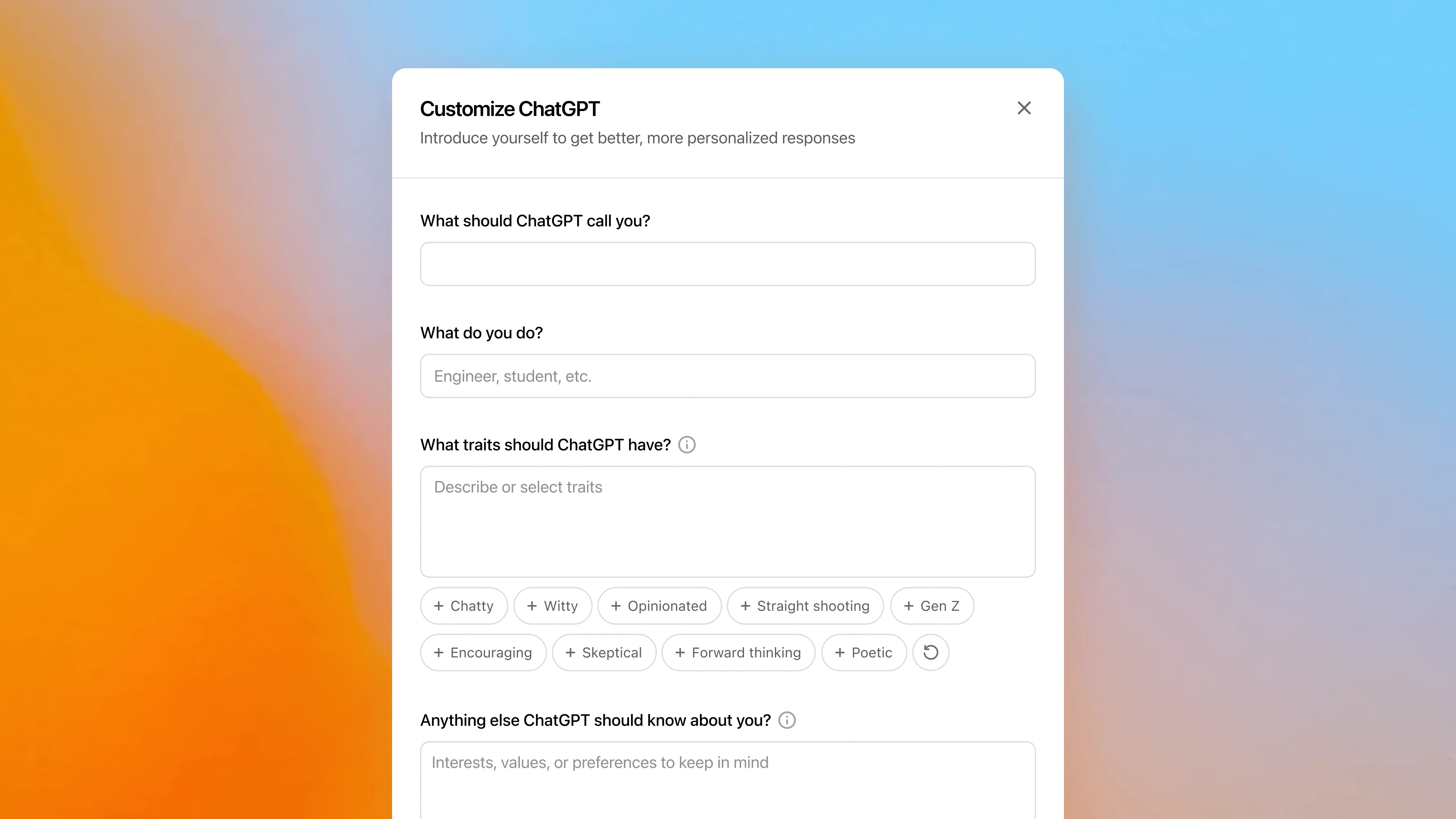
One of the most widely adopted is ChatGPT by OpenAI, which has gone beyond being a simple chatbot to becoming a cornerstone of content strategy. Brands use it not only for writing captions and generating hashtag sets, but also for building entire content calendars. Its ability to adapt tone from witty Instagram captions to professional LinkedIn updates makes it a versatile assistant across platforms.
2. Use Canva AI for all your design needs
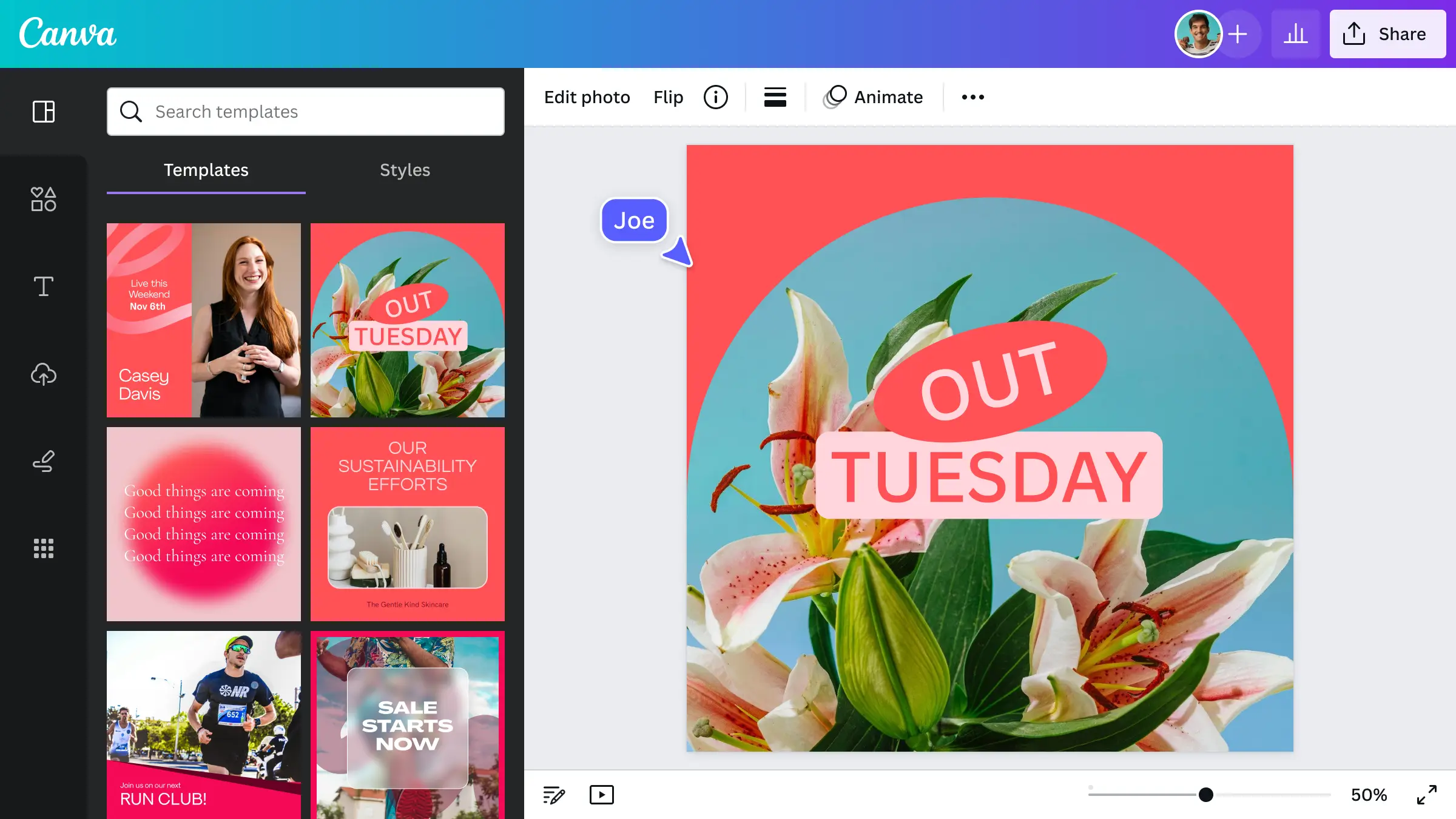
For Design, Canva’s AI-powered Magic Design has become a game-changer. Visuals drive 94% more engagement than text-only posts, and Canva’s AI tools now allow marketers to generate polished carousels, reels, and branded graphics directly from prompts.
3. Use Lumen5 to keep up with videos
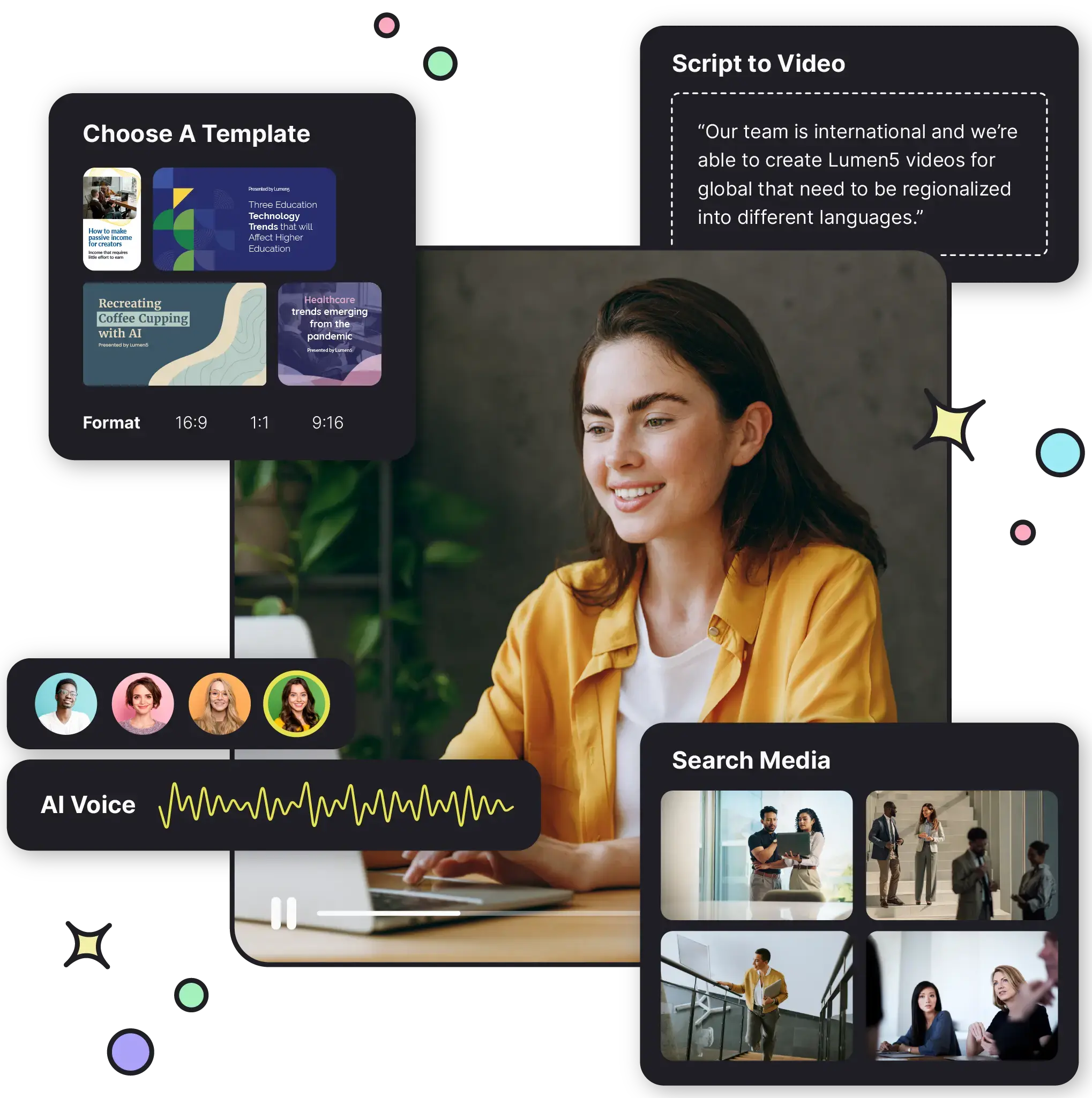
2025 is the year of video, and tools like Lumen5 are powering that shift. It allows marketers to turn blog posts, product updates, or even transcripts into short-form videos tailored for TikTok, Instagram Reels, and LinkedIn. Wordstream notes that video content generates 1200% more shares than text and images combined.
4. Use Descript to edit your videos
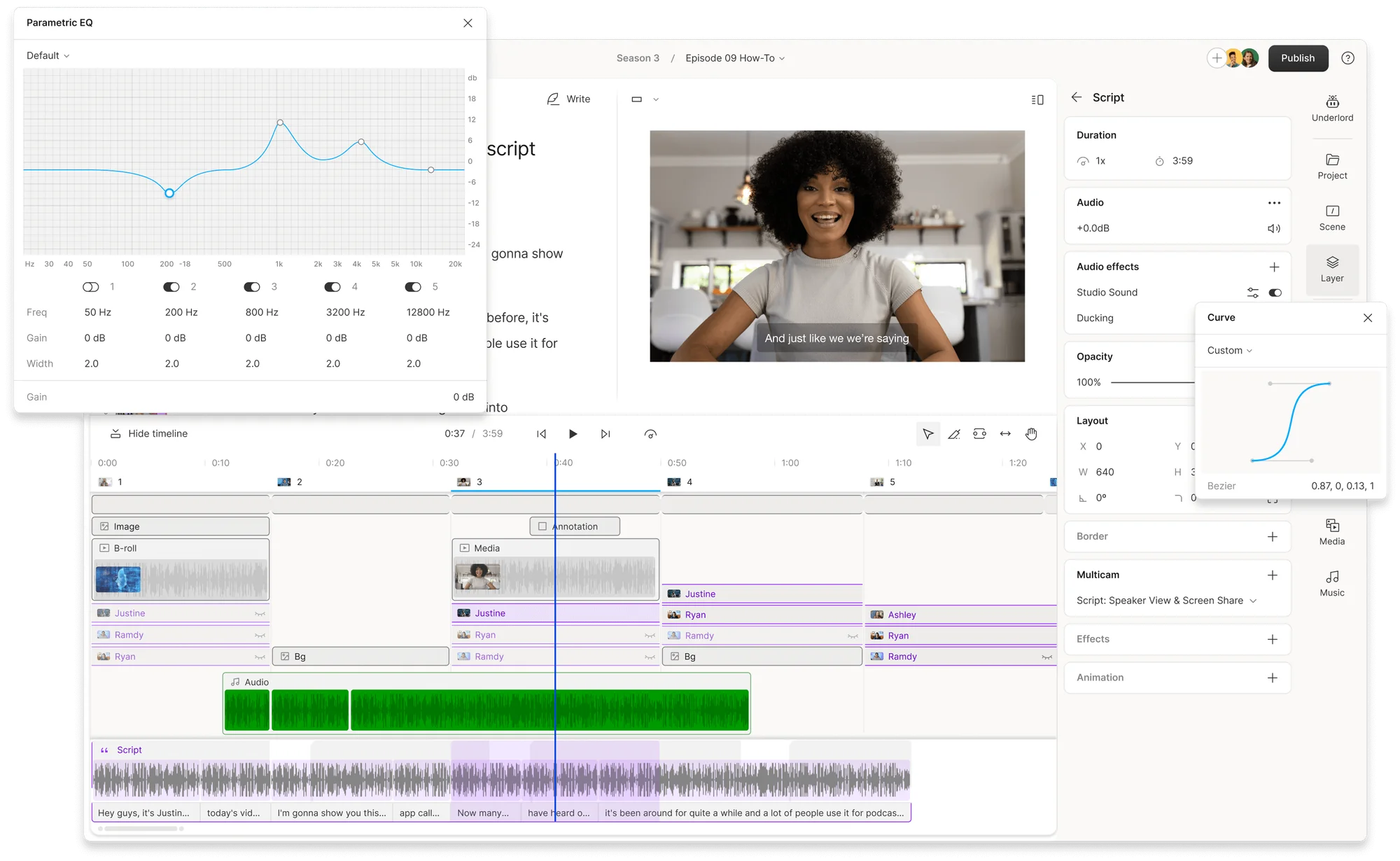
For raw video editing, Descript has become equally critical. Instead of navigating complex editing software, teams can now edit video the way they edit a Word document: delete filler words, cut sections, and generate captions instantly. This allows brands to repurpose webinars, podcasts, and interviews into snackable clips with minimal effort.
5. Use Jasper AI Copywriting for Ads & Campaigns
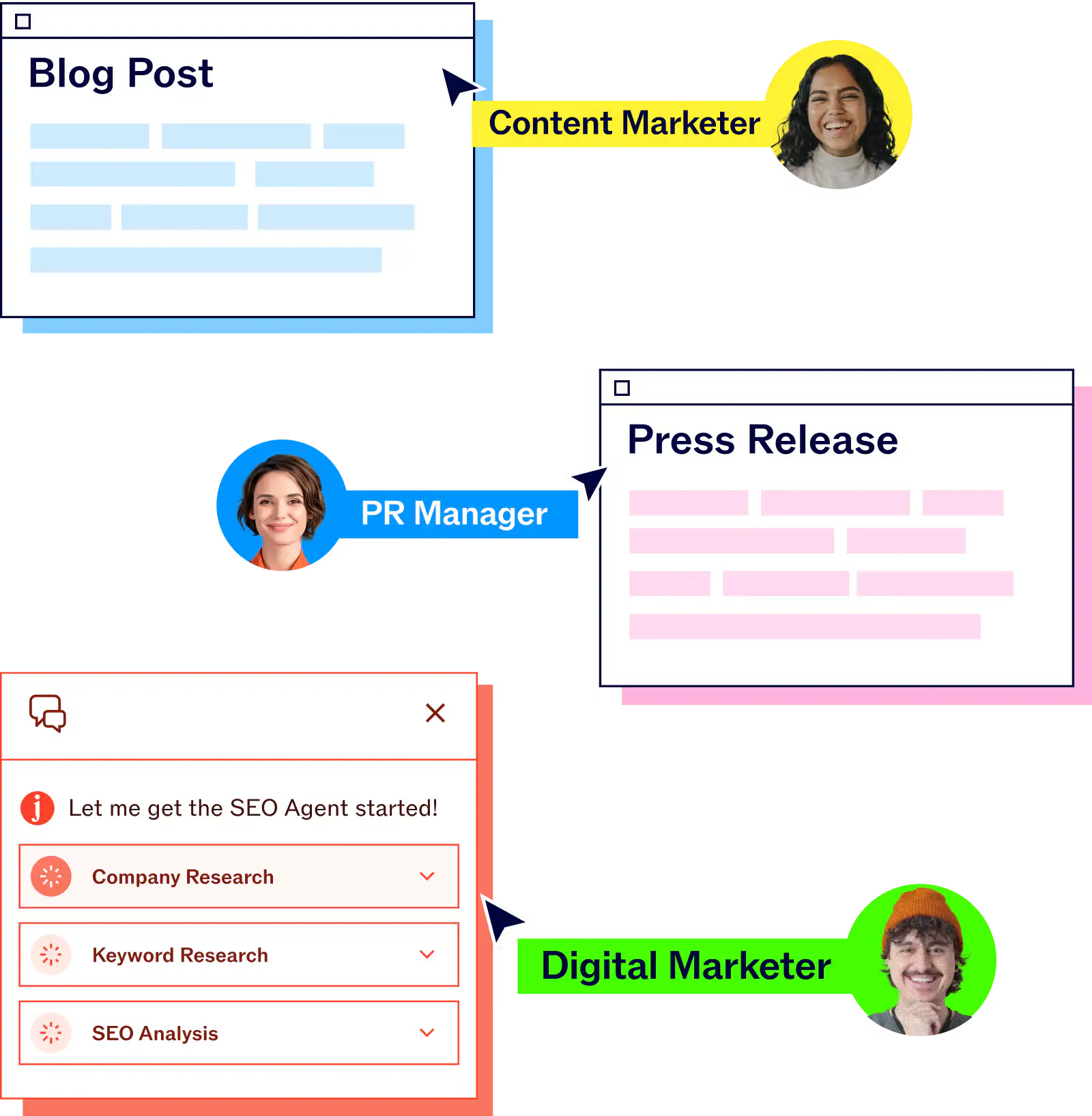
When it comes to ad campaigns and branded storytelling, Jasper stands out. Purpose-built for marketing, it delivers copy that is optimized for conversions while maintaining a consistent brand voice.
6. Use Synthesia to create multilingual videos with AI Avatars
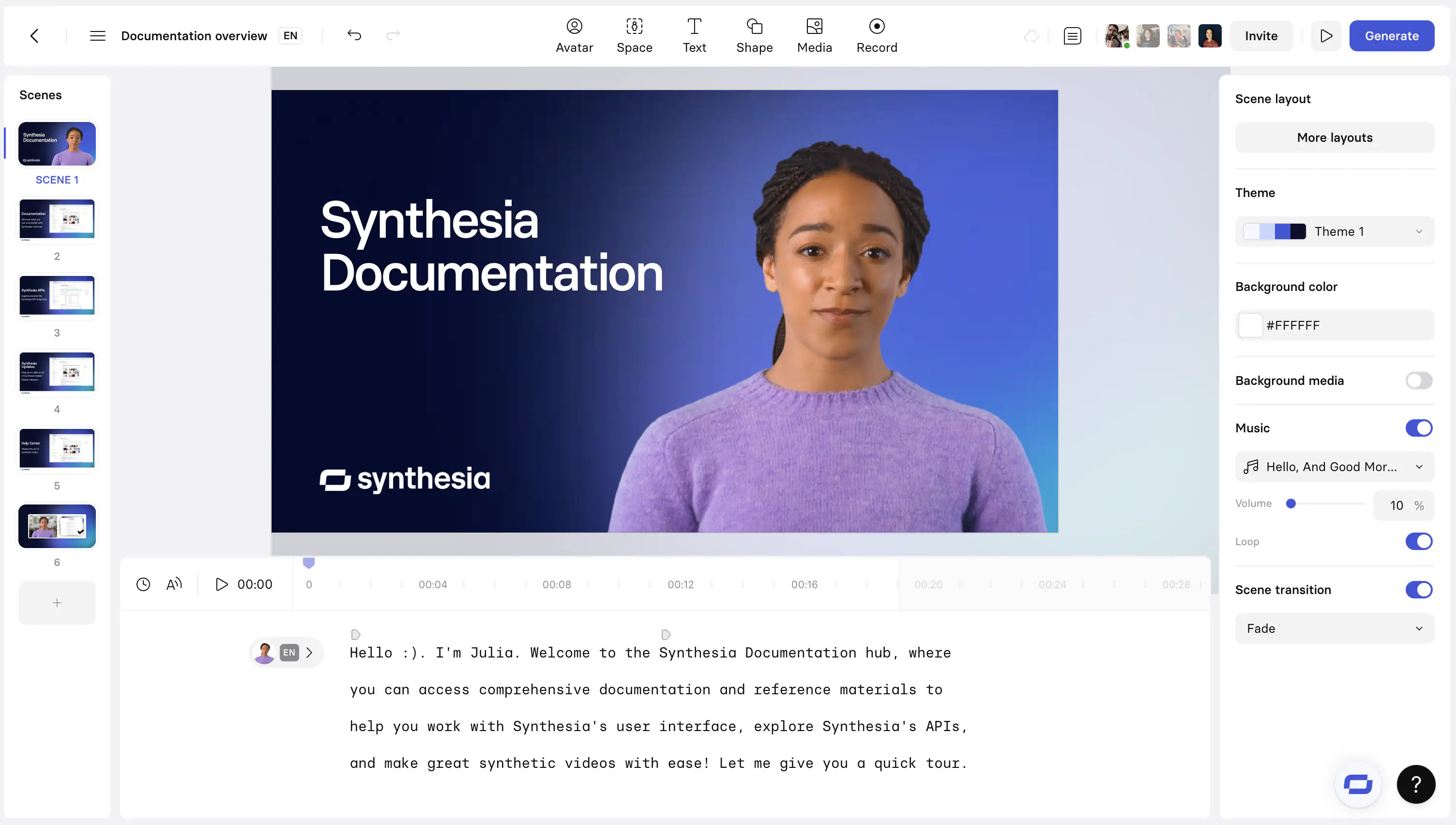
Global brands are increasingly turning to Synthesia to scale their video presence. Instead of hiring production crews, Synthesia allows them to create professional, multilingual videos with AI avatars, reducing costs by nearly 90%. For product explainers, tutorials, or localized campaigns, this is a level of scalability that was previously impossible.
7. Use Notion AI for better social workflows
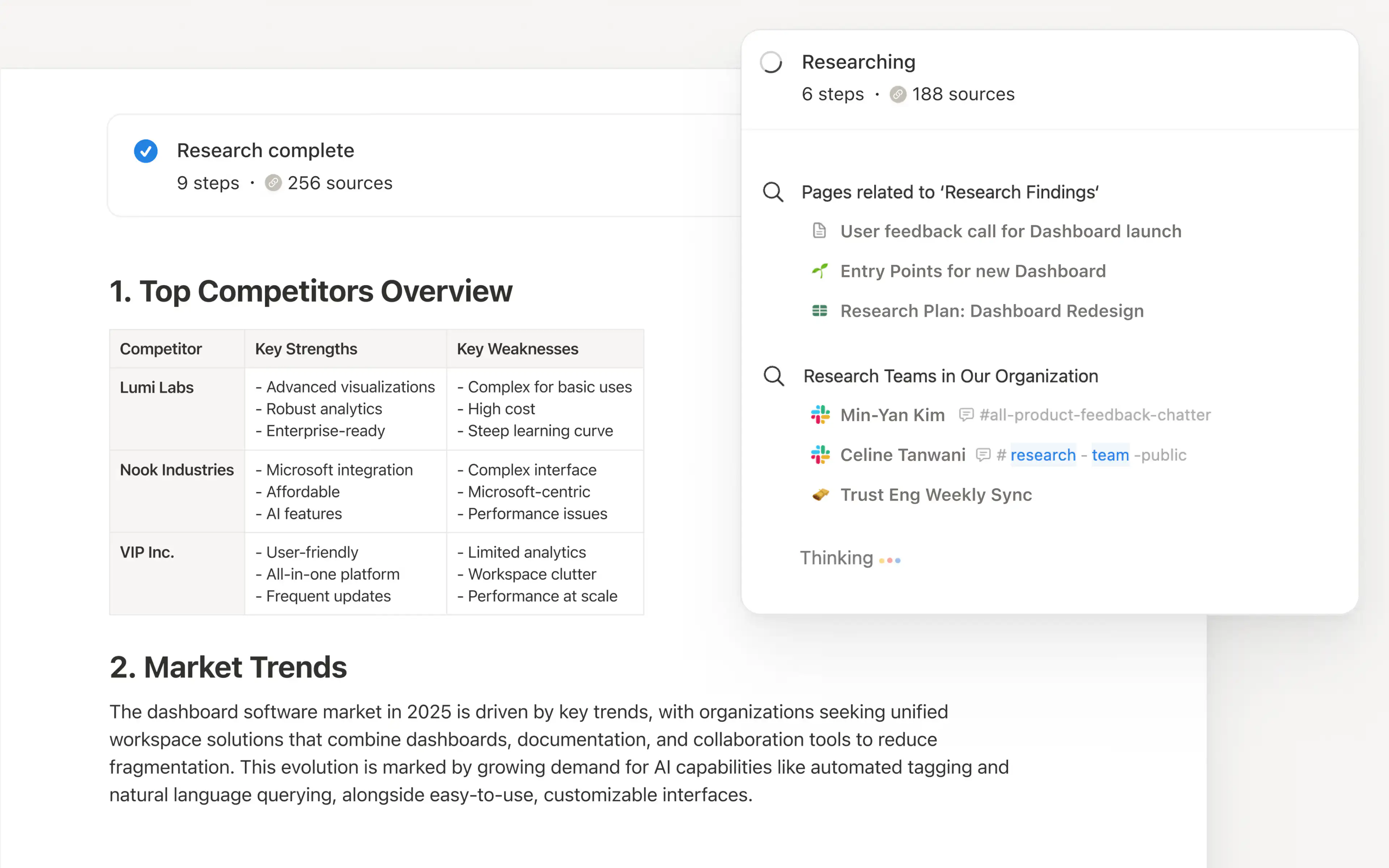
Finally, behind all of this content creation lies planning and optimization. Notion AI has become the backbone of social workflows, helping teams brainstorm, plan campaigns, and track progress in one place.
8. Use Surfer SEO for social media integration
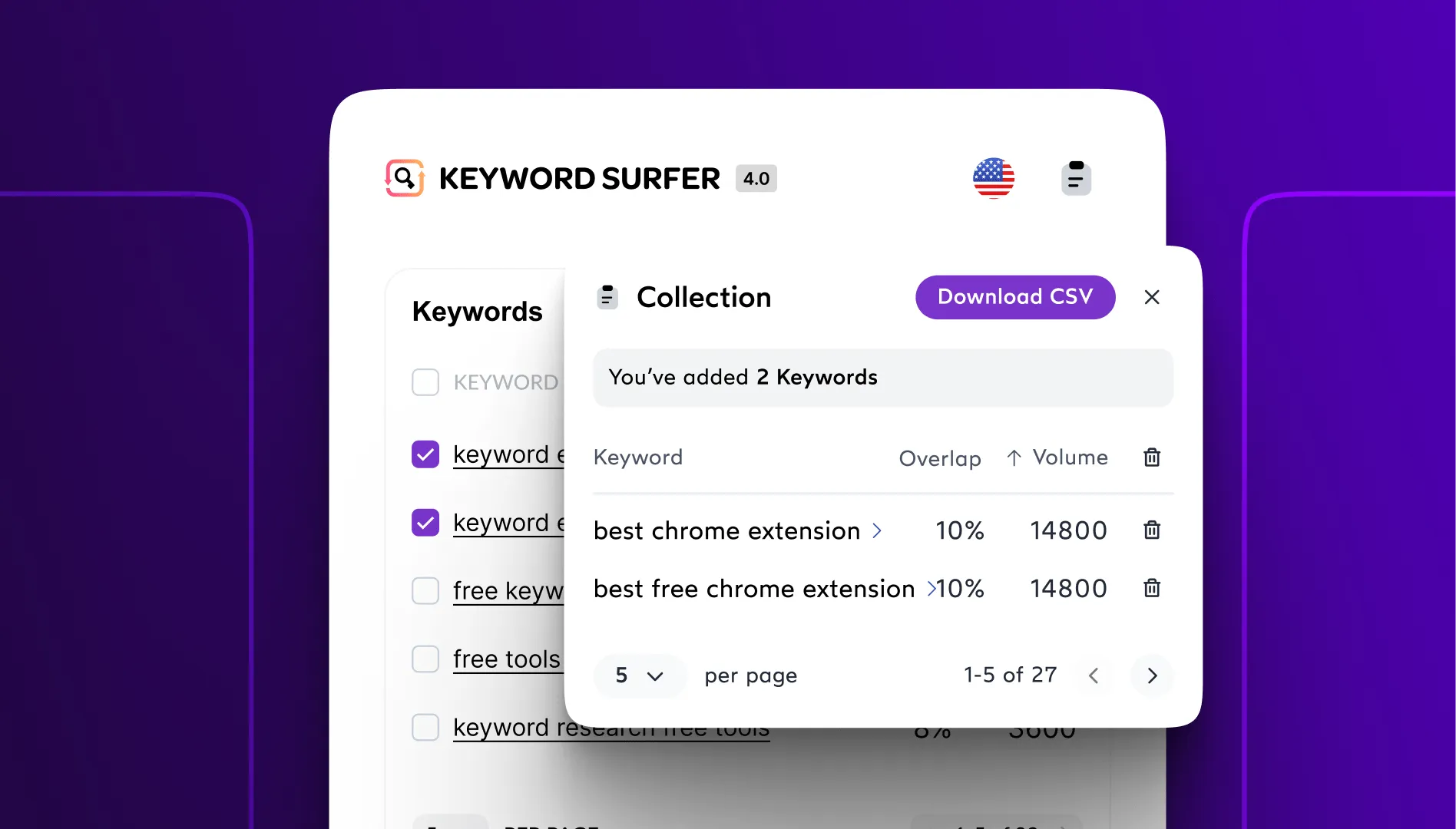
For brands that want their content to live beyond the feed, Surfer SEO integrates keyword intelligence into social media writing, ensuring posts and articles remain discoverable long after they are published. Optimized posts are 2.3x more likely to appear on Google’s first page, extending their shelf life in an environment where attention is otherwise fleeting.
Building Your AI Toolkit for Social Media
The reality of social media in 2025 is clear: brands can no longer compete by relying solely on manual content creation. The sheer volume and speed of demand across platforms mean that AI has shifted from a “nice-to-have” to a critical business advantage.
The smartest approach is not to adopt every AI tool available but to build a balanced stack. At minimum, most brands will benefit from three pillars: a writing assistant such as ChatGPT or Jasper, a design tool like Canva AI, and a video solution such as Lumen5 or Descript. This trio alone covers the majority of content needs, from copywriting and graphics to the video formats that now dominate feeds.
From there, additional tools like Synthesia, Notion AI, and Surfer SEO can layer on further sophistication—whether that’s scaling content into multiple languages, streamlining team workflows, or extending the reach of posts through search optimization.
The bottom line is simple: AI isn’t replacing marketers; it’s amplifying them. By automating the repetitive and accelerating the complex, these tools free human teams to focus on strategy, storytelling, and brand building; the things machines can’t replace.
The brands that embrace AI tools today will be the ones shaping the conversations of tomorrow.
Read more about How to Integrate AI Into Your Marketing Stack in 2025



